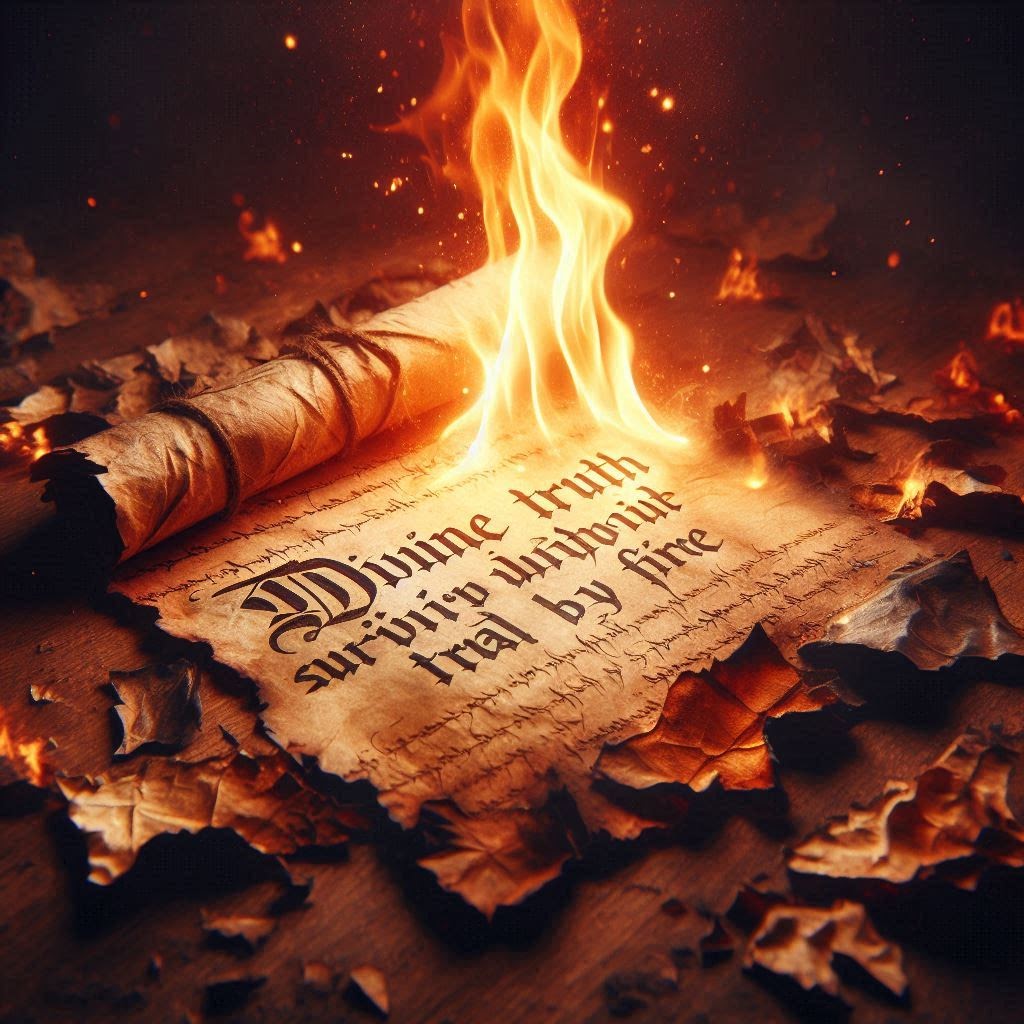The Stars in the Qur’an: Letters, Light, and the Path to Justice
🔭 The Piercing Star and the Forgotten Spirit of Islam
"By the sky and the night comer, and what will explain to you what the night comer is? It is the piercing star.” — Surah At-Tariq (86:1–3)
🌌 A Celestial Revelation Beyond Earthly Ritual
The Qur’an is far more than a book of guidance. It is a cosmic revelation, a celestial map whose letters are radiant stars in a divine constellation. As the Ahlul Bayt (ʿa) have taught, these stars are not poetic metaphor — they are real, sacred symbols infused with divine knowledge and spiritual power.¹
“Indeed, We have adorned the nearest heaven with lamps (stars), and We have made them missiles for devils...”
— Surah Al-Mulk (67:5)Each star reflects a higher law. Each letter of the Qur’an is a mirror of that light — a key encoded in the ancient abjad system that carries divine numerical values. Through these codes, the believer can unlock not only verses but veils, lifting layer after layer of spiritual darkness.
The stars of the Qur’an are not just in the sky — they are in us. But are we truly aligned with their light?
📜 Abjad: The Divine Code Behind the Letters
In the abjad system, every Arabic letter carries a numerical weight, creating a vast web of correspondence between words, numbers, and cosmic meanings. These aren’t simply linguistic curiosities — they are spiritual signposts.
✨ Example:
The verse of the “piercing star” in Surah al-Tariq (86:1–3) can be broken down to reveal connections with:-
The human soul (nafs)
-
Divine law (ʿadl)
-
The return of justice (rajʿah)
Each layer points to something we must rediscover within.
🕌 Sacred Geometry and Spiritual Order
Islamic architecture and art — especially in mosques — are filled with geometric patterns that mirror this divine balance. These aren’t just decorative flourishes; they are spiritual instruments, leading the soul to contemplation and harmony.
These patterns are grounded in the very letters of the Qur’an —
and those letters in turn mirror the stars above.Sacred geometry becomes the earthly bridge to celestial knowledge. Every eight-pointed star, every interlocking shape, every repeated symmetry — all whisper the same secret: the universe is not chaos, it is dhikr.
🔥 We Memorized the Words… But Lost the Spirit
We have:
-
Memorized the verses,
-
Held annual commemorations,
-
Built monumental shrines and masjids.
But somewhere along the way, we lost the spirit.
We chant slogans, yet hesitate to speak truth.
We walk in procession, yet don’t walk with the oppressed.
We decorate our homes with Qur’anic calligraphy, while living lives far from its message.Have we turned the Qur’an into an ornament instead of a compass?
✊ Resistance Begins with Inner Freedom
Liberation will not arrive through empty ritual.
Palestine will not be freed by flags and chants alone.
It will be freed when we — as individuals and communities — reclaim the inner freedom taught by the Qur’an. When the Shia become truly spiritual, they will become truly resistant.And it will begin when we return to:
-
The stars of the Qur’an
-
The sacred balance of geometry
-
The living teachings of the Ahlul Bayt (ʿa)
-
The cosmic codes of abjad
🕯️ The Piercing Star Still Shines
The night has fallen. The oppressors seem many. But the piercing star — the Tariq — is still shining.
It is the light of justice.
It is the sign of return.
It is the cosmic promise that no darkness will last forever.But only the purified heart will see it.
📚 Scholarly References
-
Al-Qummi, Tafsir al-Qummi, vol. 2
-
Seyyed Hossein Nasr, Islamic Science: An Illustrated Study
-
Majid Fakhry, Islamic Cosmological Doctrines
-
Keith Critchlow, Islamic Patterns: An Analytical and Cosmological Approach
-
Moojan Momen, An Introduction to Shi'i Islam
-
Seyyed Hossein Nasr, Knowledge and the Sacred
-



Comments
Post a Comment